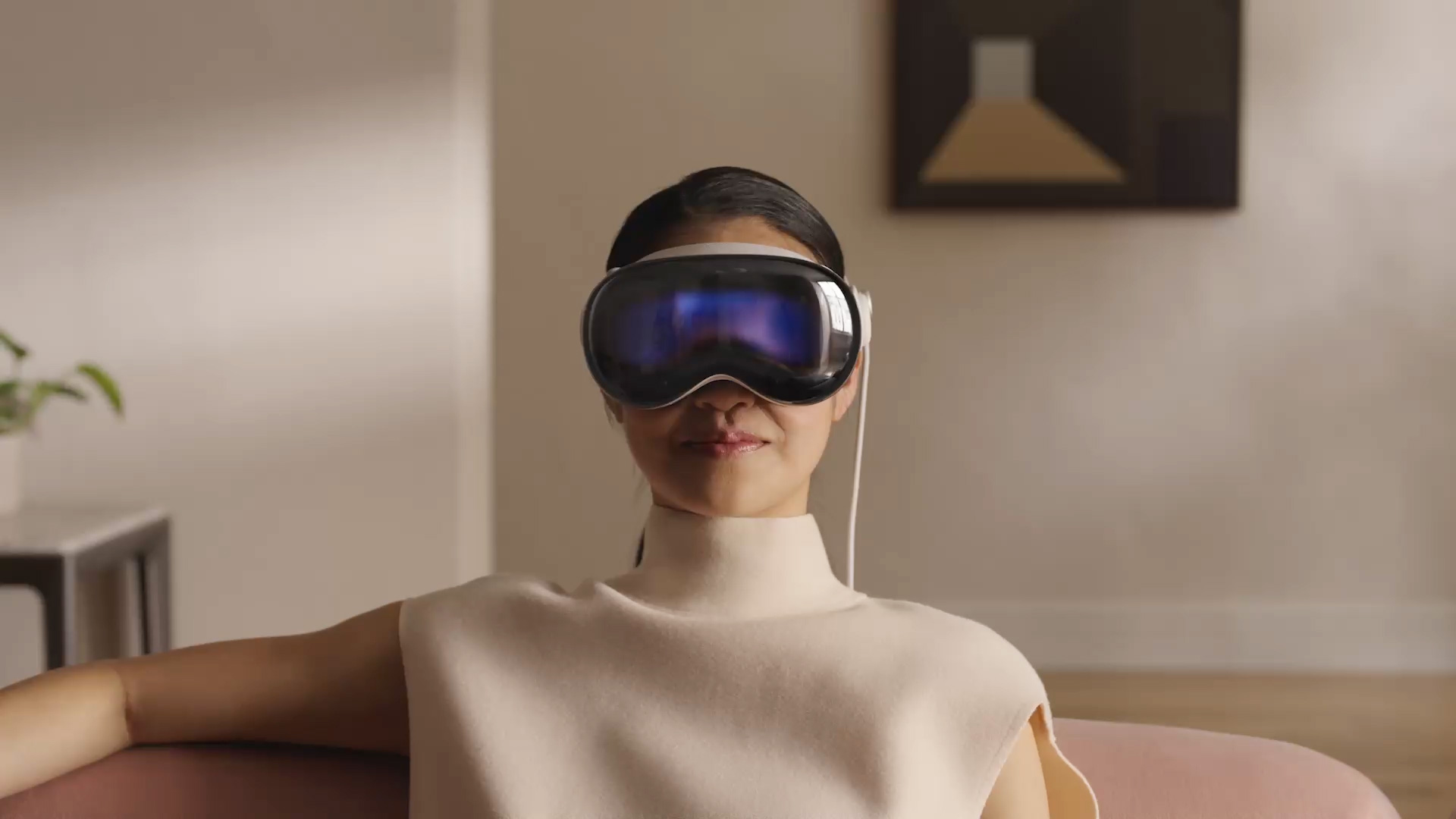
Apple CEO Tim Cook remains bullish on the Vision Pro, despite reports of low sales since the mixed-reality headset launched nearly 18 months ago.

"I was thrilled with the release from the team on visionOS 26," said Cook, on Apple's earnings call on Thursday. "It includes many things in it, like Spatial Widgets to enable users to customize their digital space. The Personas took a huge increase, they're much more lifelike. And of course there's new enterprise APIs for companies as well."
"We continue to be very focused on it," added Cook. "I don't want to get into the roadmap on it, but this is an area that we really believe in."
Bloomberg's Mark Gurman has already leaked the apparent next step in that roadmap. Last month, he reported that Apple plans to update the Vision Pro as early as this year. He expects two key upgrades over the current model, including a faster M4 chip, and a new head strap that makes it easier to wear the headset for extended use.
Apple launched the Vision Pro in the U.S. in February 2024, with pricing starting at a lofty $3,499. The current model is equipped with an M2 chip.
Some of the customers that did buy the Vision Pro said they regretted spending so much money on a device that they ultimately used so little. And some users have complained about the device being too heavy to wear comfortably for long periods.
Cook previously admitted that the Vision Pro is not a mass-market product due to its high price.
"At $3,500, it's not a mass-market product," he said last year. "Right now, it's an early-adopter product. People who want to have tomorrow's technology today—that's who it's for. Fortunately, there's enough people who are in that camp that it's exciting."
Research firm IDC estimated that Vision Pro sales would be under 500,000 units in 2024, and it is probably safe to estimate that sales remain below 1 million as of today.
Gurman said that Apple plans to release a redesigned Vision Pro that weighs significantly less — and hopefully costs significantly less — in 2027.
In addition, Apple supply chain analyst Ming-Chi Kuo expects Apple smart glasses without built-in displays to enter mass production in the second quarter of 2027. Similar to the Meta Ray-Bans, he said that Apple's glasses will allow users to take photos, record videos, and listen to music, with both touch and hands-free voice control.
Eventually, Gurman and Kuo expect Apple to release true augmented reality glasses, but such a product likely remains many years away.
Article Link: Here's What Tim Cook Thinks About Apple's Vision Pro After Low Sales
Last edited:

